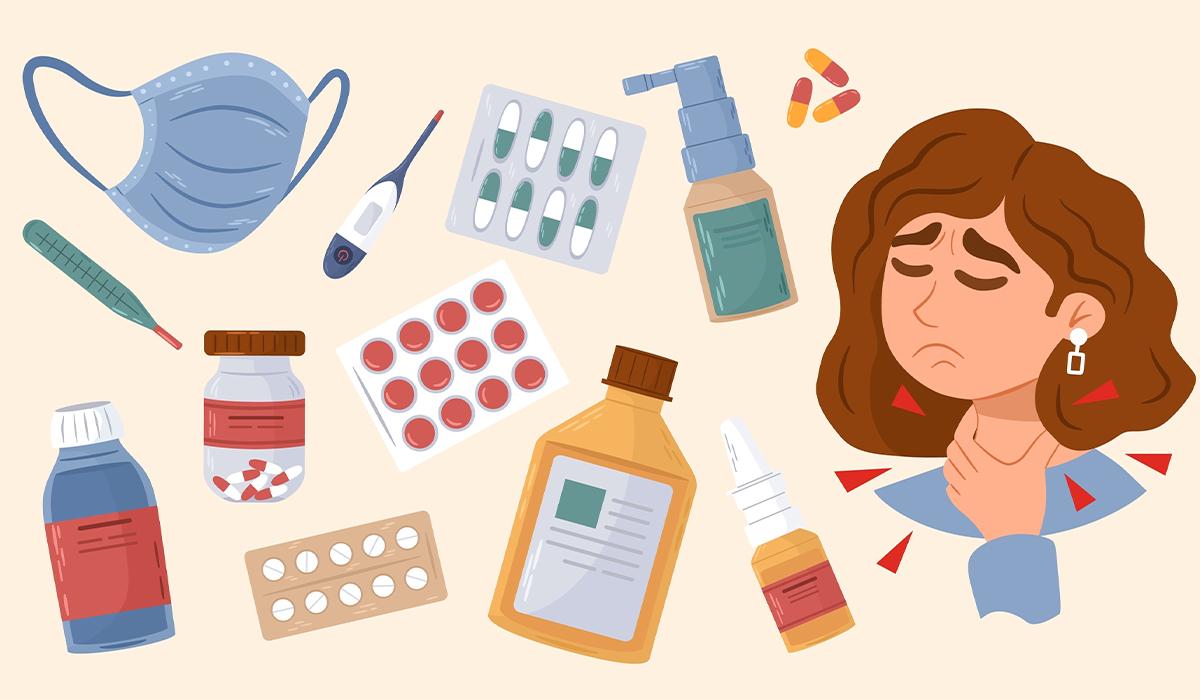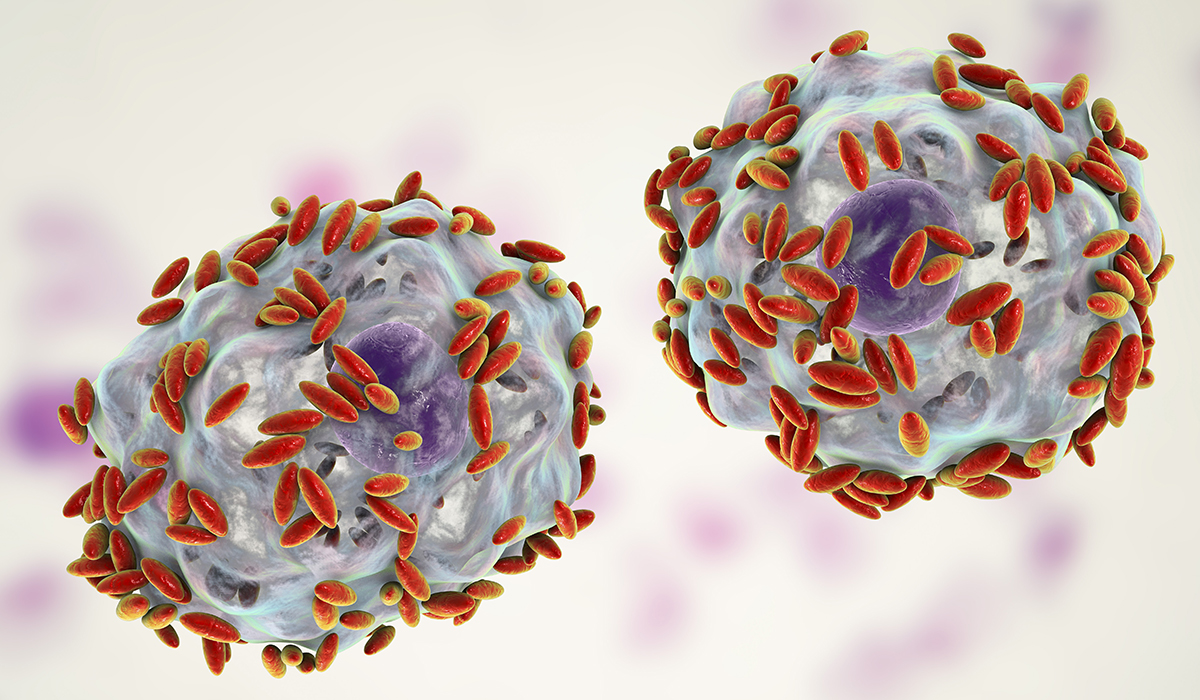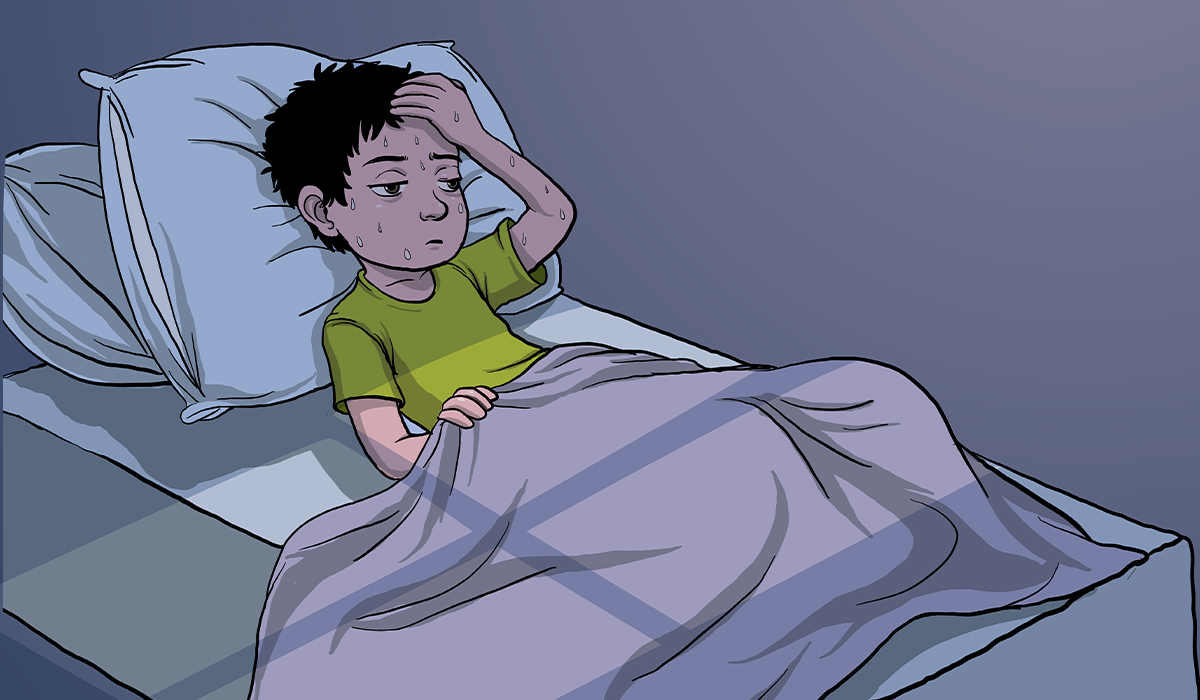Strep Throat is a bacterial infection caused by a bacteria called group A Streptococcus (group A strep). It develops in the throat and tonsils (lymph nodes located at the top of the throat and back of the mouth). It leads to severe inflammation, which may spread beyond the throat and affect surrounding areas.
Strep throat is the most often observed among children between 5 and 15 years old, but adults, especially parents and teachers, may also get infected. Because this bacterial disease is contagious, direct contact with infected children is the most common way for Streptococcus to spread, which occurs during talking, coughing, or sneezing – activities that release respiratory droplets containing the bacteria.
The easiest way to differentiate between sore and strep throat is to remember that viral infections usually cause sore throat, while bacterial infections lead to strep throat. Some symptoms are the same for the two conditions, but several differences exist. For example, sore throat fever is usually milder than strep throat. In addition, nausea and vomiting are observed among people affected by strep throat and are rarely found in cases of sore throat, which causes nasal congestion instead.

Whether a person gets infected with Streptococcus bacteria depends on several factors. Children aged 5 to 15 are the most numerous group of people who get strep throat each year. The disease rarely occurs in people above 40 years old but is common among young parents and adults whose professions require close contact with children.
To sum up, factors that increase the risk of getting infected with Streptococcus bacteria are as follows:
The most often observed symptoms of strep throat are throat pain and trouble swallowing, which results from inflammation of the throat and the surrounding areas. Another characteristic trait is high fever, which usually appears suddenly and worsens the following day.
All common symptoms linked to strep throat include the following:
Cough, nausea, and vomiting that commonly occur in sore throat can sometimes happen in strep throat. However, it may indicate that you have a sore throat![]() instead of strep throat or another viral infection.
instead of strep throat or another viral infection.

Strep throat does not go away on its own. Without proper treatment that includes antibiotic regimen, and management at home, the infection may lead to additional, more severe health problems. The following health issues may occur due to untreated strep throat:
To prevent the above complications from happening, make sure to contact your healthcare provider as soon as you notice that you or your child experience trouble when swallowing, high fever, and sudden fatigue.
The first step to properly diagnose strep throat is a physical exam performed by a healthcare professional and a visual examination to look out for visible symptoms caused by Streptococcus. Initially, it may cause a diagnostic challenge if some symptoms indicate a viral infection. Vomiting, nausea, coughing, cold, and runny nose, among others, can be caused by sore throat instead of strep throat, which is of bacterial origin. If that is the case, the doctor may order additional tests. The most popular ones include a strep throat test and a throat culture test.
A strep throat test is performed to determine if a group A Streptococcus bacteria exists in a person's throat. The test involves using a long cotton swab to take a sample from a throat. To collect a sample, a healthcare professional must wipe the back of a throat with a swab so it may feel uncomfortable. The sample is then used to either perform a rapid strep throat test or a throat culture.
A rapid strep throat![]() test takes only 20 minutes. If it is positive, it means a group A Streptococcus bacteria is present in a person's throat, possibly causing strep throat. Although the negative result indicates no presence of the bacteria, a healthcare provider may decide to send the sample to a laboratory for further testing to perform a test known as a throat culture.
test takes only 20 minutes. If it is positive, it means a group A Streptococcus bacteria is present in a person's throat, possibly causing strep throat. Although the negative result indicates no presence of the bacteria, a healthcare provider may decide to send the sample to a laboratory for further testing to perform a test known as a throat culture.
A throat culture test takes more time (1 – 2 days) but is more accurate. In this test, a lab technician smears a swab containing a patient's sample on a dish. If Streptococcus bacteria grow from it, the test is considered positive.
Because strep throat is a bacterial infection, it can only be treated with antibiotic therapy. Streptococcus and many other bacteria can be killed and stopped from spreading thanks to appropriate antibiotics chosen by a doctor. In the case of strep throat, a doctor may prescribe one of eight antibiotics recommended by the Centers for Disease Control (CDC).
Strep throat patients commonly take antibiotics in the form of pills or liquids, but some healthcare professionals may prefer to give an antibiotic shot. The antibiotic regimen usually lasts about ten days.
It's important to remember that strep throat does not go away on its own. Symptoms may improve after some time but are bound to return if antibiotic therapy is not followed. Some people stop taking antibiotics after a few days if they notice that their symptoms have vastly improved. Unfortunately, this only provides temporary relief, as the bacteria may attack again if it is not completely dealt with. Make sure to strictly follow the instructions of your healthcare provider, especially the time you need to take prescribed medications.
In addition to treatment, there are several ways to help deal with strep throat at home. Here are some ideas you may try:
Strep throat is a contagious condition that spreads through respiratory droplets when infected individuals talk, cough, or sneeze. People at higher risk include those in close-contact professions, parents, and individuals aged 5 to 15.
Diagnosis involves physical exams, strep throat tests, and throat culture tests. Antibiotics are the primary treatment, and various options are prescribed based on the healthcare provider's recommendation. Following the antibiotic regimen to the last day and listening to the doctor's advice regarding management at home is vital to overcoming the disease and preventing it from returning.
Effective home management includes rest, staying hydrated, using pain relievers like ibuprofen or acetaminophen, avoiding irritants like smoke, and gargling warm salt water.
Table of Contents

Discover Sore Throat Remedies for quick and effective pain relief. Many herbs and foods have healing properties. Learn how to… read more »

Scarlet fever is an infectious disease caused by bacteria. Infection most often occurs through droplets or contact with contaminated objects.… read more »

Tonsillitis is an inflammatory disease caused by viruses or a bacterium responsible for strep throat. It commonly affects children, but… read more »

Bacterial infections are diseases caused by the accumulation of bacteria in the body. How to distinguish them from viral infections?… read more »

Antibiotics are drugs used for a variety of ailments. Learn about the most common side effects of antibiotics and how… read more »

Epstein Barr Virus is a pathogen that causes infectious mononucleosis and many other diseases. Learn about the risks associated with… read more »

MRSA infection is a medical condition in which antibiotic-resistant bacteria attack the body. The infection can be asymptomatic or very… read more »

Bacterial vaginosis is a common problem for women. Learn the risk factors so you can eliminate them and protect yourself… read more »

Typhoid fever is a disease that is still a threat in some countries. Travellers are therefore at risk. Learn about… read more »